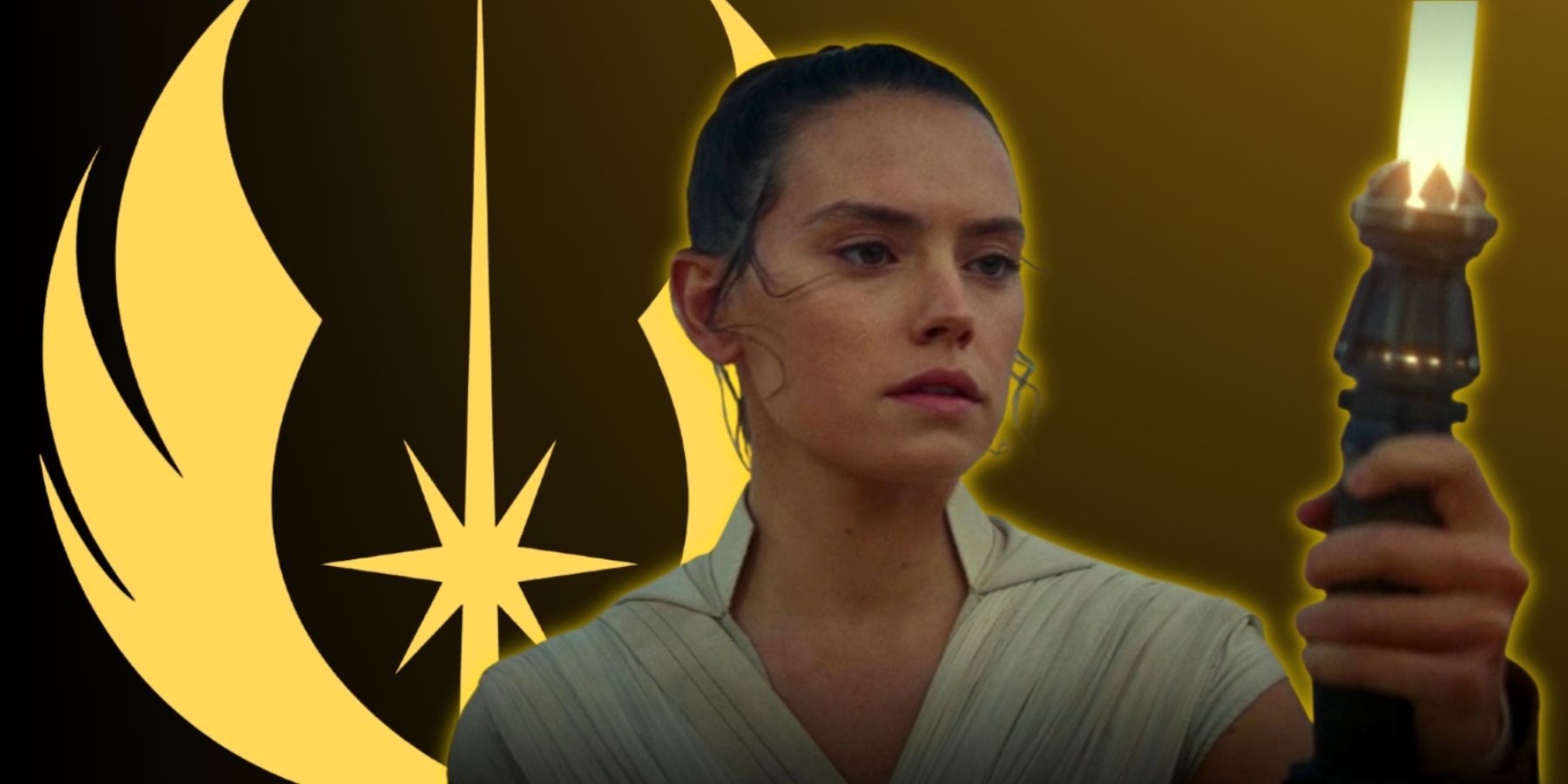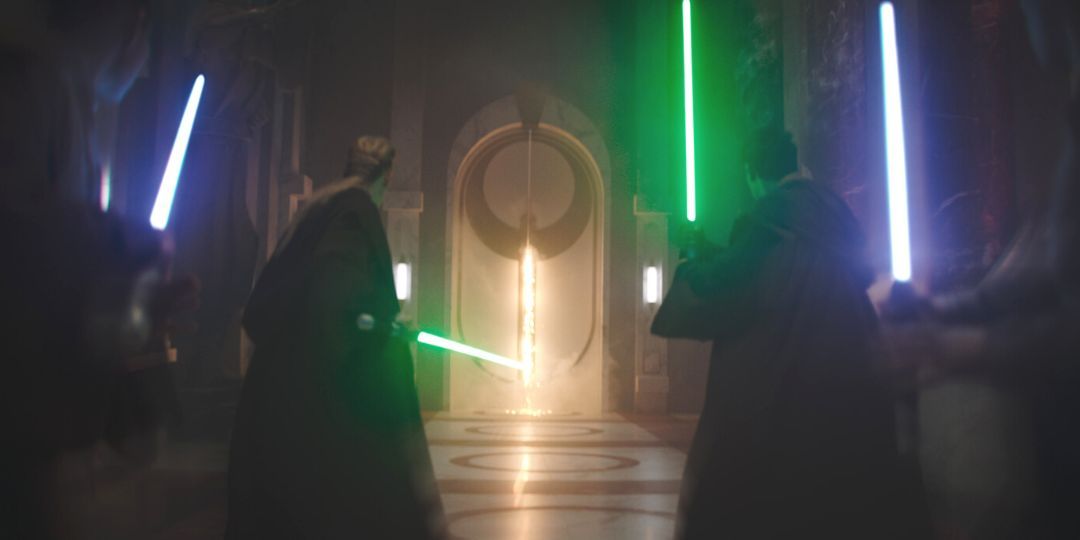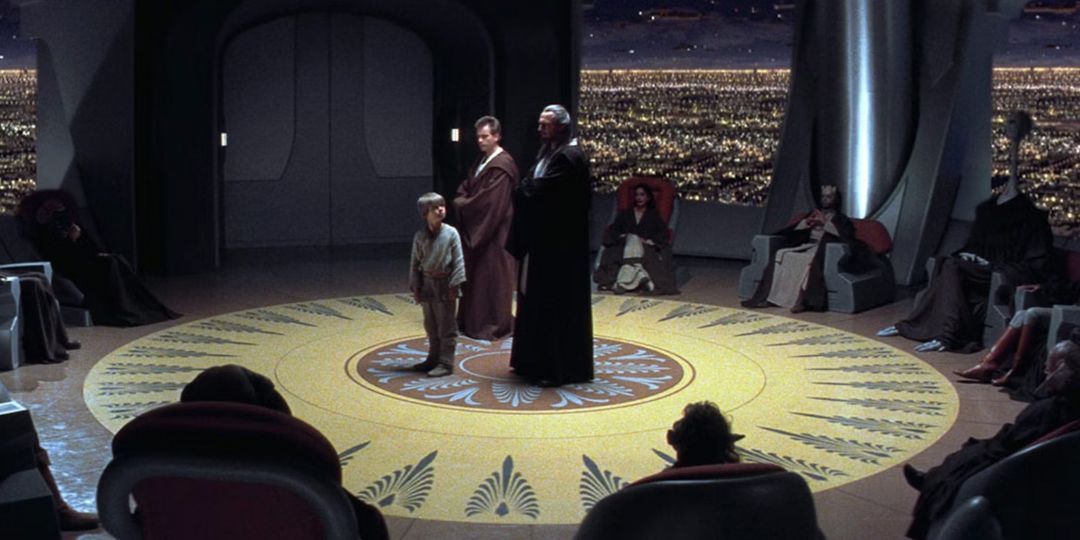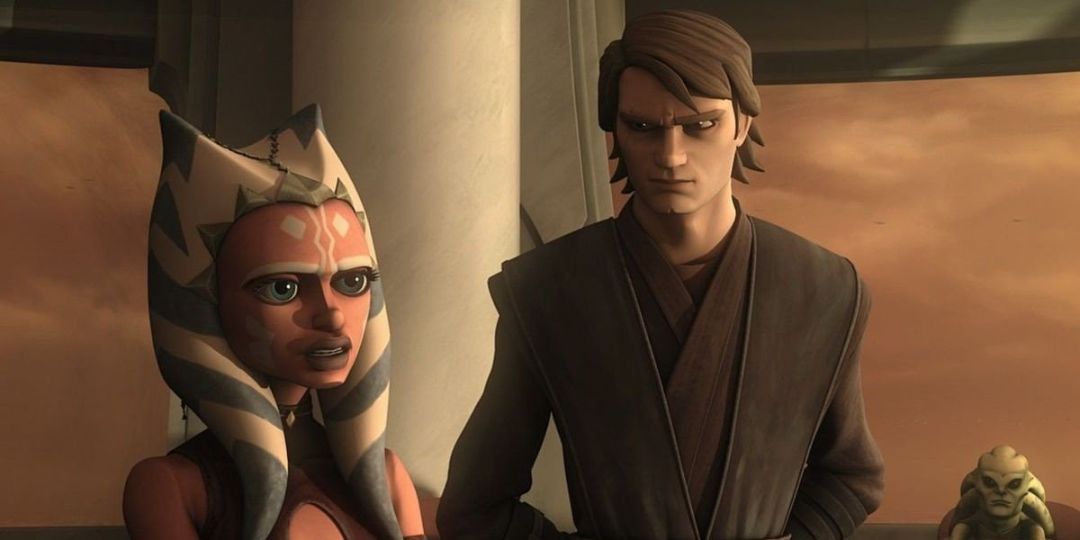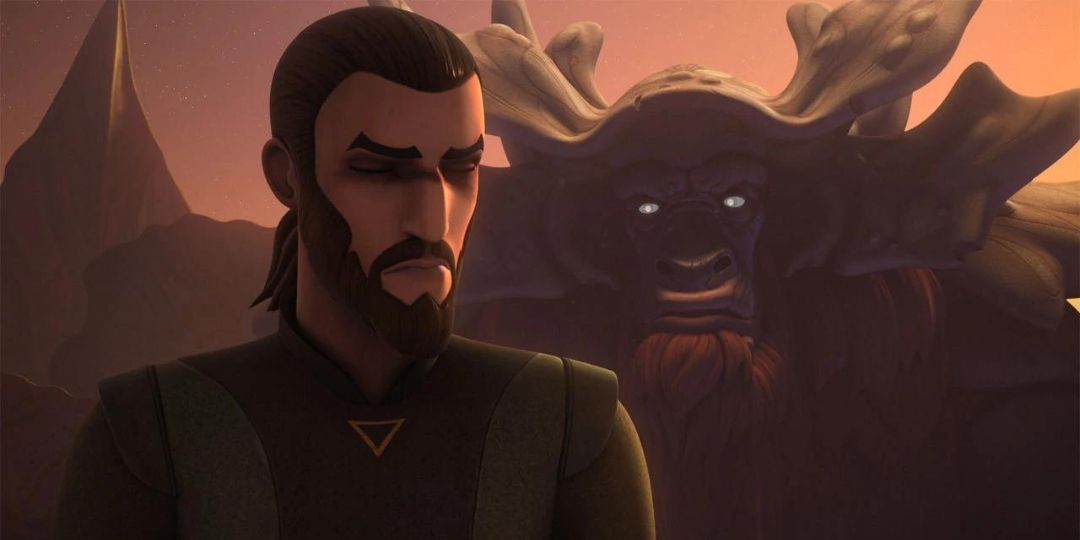It’s no secret that the Jedi Order was misguided. For Star Wars fans, this truth has become more apparent thanks to series like The Clone Wars, which delves into the machinations of the Jedi Council, and Star Wars Rebels, which portrays Jedi who live outside the strict rules that Master Yoda and others clung to before the fall of the Galactic Republic. It’s regrettable, though not at all surprising, that one of the next planned live-action Star Wars movies will see Rey rebuilding the Jedi Order.
While a story set against the High Republic era or even during the Clone Wars is always enticing, it does feel like modern Star Wars, and the stories that take place in a post-sequel trilogy galaxy, have moved past the need for a formal Jedi Order. The Rey movie shouldn’t bring back the Jedi Order, especially not as it once was. Instead, it should focus on building something new — building an order that works, and actually benefits those who study the Force.
Rey's Conclusion
Viewers learn in Episode VIII: The Last Jedi that Luke Skywalker tried to rebuild the Jedi Order, starting with the construction of a Jedi Academy on the planet Ossus, but ultimately failed when his nephew, Kylo Ren (formerly Ben Solo), killed the next generation of Jedi. In Episode IX: The Rise of Skywalker, Rey is without a teacher, again. After his astral-projection duel with Kylo Ren at the end of the previous film, Luke Skywalker becomes one with the Force, so to speak. His sister, rebel General Leia Organa, oversees Rey’s training for a time, but also passes on, leaving Rey with the lessons she’s learned and an old tome.
When facing off against Palpatine on Exogol, Rey channels the Jedi and Force-sensitives who came before her, from Luke Skywalker and Obi-Wan Kenobi to Ahsoka Tano and Kanan Jarrus. There are surely other Force-sensitives out there in the vastness of the galaxy, but Rey is someone special. While The Rise of Skywalker reveals that her lineage may factor into this, The Last Jedi, and even the end of The Rise of Skywalker, argue that what sets Rey apart is her actions. Despite being the granddaughter of Darth Sidious, Rey takes the name Skywalker. Even though she isn’t special in that “Chosen One” way, her drive to do what’s right makes her someone remarkable.
The sequel trilogy’s final act left a lot to be desired. Is it strange that Rey, who didn’t know Anakin Skywalker nor much about Luke’s upbringing, spends the film’s final moments on Tatooine? Sure — that choice is definitely more about tapping into the audience’s emotions than following Rey’s story to a logical, nuanced conclusion. Rey buries Anakin’s lightsaber, the first one both Luke and herself took into combat, in a place that bears no significance to her. But for viewers, it encapsulates the end of the Skywalker Saga. Things end where they began: in the sands of Tatooine, beneath the twin suns.
And even though that sentiment is lost on Rey and more for the benefit of fans, the chapter should remain closed. Luke Skywalker already tried to restore the Jedi Order, the one he learned about from Yoda and Obi-Wan, and failed. In fact, much like Yoda, he fell into the trap of trying to steer a young Jedi’s path, only to push them on the path to the dark side.
The Jedi Order's Flaws
A lot of what’s wrong with the Jedi Order can be seen in its relation to Anakin Skywalker. With an unusually high midi-chlorian count, the young boy is capable of sensing things through the Force, and piloting high-speed podracers. Jedi Master Qui-Gon Jinn believes training Anakin is a must, even though he’s older than the average youngling, but Yoda and the Jedi Council disagree. They believe it’s dangerous to train Anakin; he’s already formed attachments — he knows and loves his mother, Shmi Skywalker, for instance.
But Qui-Gon knows that letting someone with such power flounder could lead to devastating consequences. Obi-Wan Kenobi respects his master’s dying wish and takes Anakin as his Padawan. Even as Anakin proves himself time and again during the Clone Wars — and capably teaches a Padawan of his own, Ahsoka Tano — Yoda and fellow council member Mace Windu are hesitant to trust Anakin. They’re dismissive of his desire to hold the rank of Jedi Master, and only allow him a council seat because he’s representing Chancellor Palpatine.
Not to mention, the Jedi Council expels Ahsoka without a second thought, and, once her name is cleared, excuse their actions by claiming her whole ordeal was just the Force acting in mysterious ways. Jedi Master Plo Koon says the Force crafted the whole turn of events in order to give Ahsoka an opportunity to prove her commitment to the Jedi Order. Feeling betrayed, Ahsoka leaves the Jedi Order behind. This only serves to isolate Anakin further, and deepen his frustration with the council.
The Jedi Order is built on contradictions. Although they swear to be peacekeepers working for the (neutral) good of the galaxy, the Jedi hold ranks in the Republic’s army during the Clone Wars, leading campaigns and commanding troops. Even though the Jedi take Force-sensitive children from their families and forbid personal attachments, the order is like a found family, and the council members constantly allow their emotions and preconceptions to cloud their judgment.
In asking Jedi to be unattached, neutral agents, the Jedi Order invites problems and denies their acolytes’ individuality and agency. The council doesn’t start from a place of trust with Jedi Knights, and that’s at the root of so many tragedies, from Anakin’s fall to the dark side to Ben Solo’s attack on Ossus.
George Lucas and the Lucasfilm Story Group maintain that there’s no such thing as a “Gray Jedi” in the Star Wars Canon. That is, someone can’t walk the path of light and dark. In Lucas’ mind, the dark side corrupts absolutely, leaving no space for a gray area in a Jedi’s alignment. Many fans agree that it’s a flawed principle; without both light and dark, there’s no balance. This is something the Mortis arc of Clone Wars seems to understand, but it’s certainly not the Jedi Order’s approach. And that’s precisely why Rey should build something new, as opposed to rebuilding something that’s inherently flawed. Morality is not black and white, and neither is the Force. It’s both.
Jedi Knight Kanan Jarrus, who survived Order 66 and joins the rebellion, teaches his Padawan, Ezra Bridger, the ways of the Jedi, but he’s also deeply committed to his partner, Hera Syndulla. Loving someone doesn’t take anything away from Kanan’s ability as a Jedi; in fact, forming these bonds might just make him stronger, and that’s something he passes on to Ezra.
Similarly, Anakin and Ahsoka were like siblings to each other — and mavericks of sorts. They didn’t always abide by the Jedi Council’s decisions if going with their gut meant doing what was right or helping others. Anakin instills this in Ahsoka, and, although she no longer identifies as a Jedi, she clearly has all the trappings of a hero.
Star Wars should continue to move in this direction with its on-screen depiction of Jedi and other Force-sensitives. Tradition and history are all well and good, but following a new vision — one that’s not completely tethered to the old Jedi Order — leaves room for necessary growth. The Jedi Order should stay buried, alongside Anakin’s lightsaber. It’s in the galaxy’s best interest. And it’s in the best interest of Sharmeen Obaid-Chinoy’s Rey movie, too.

